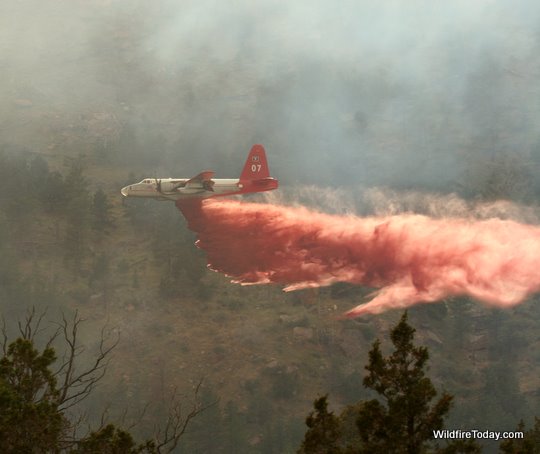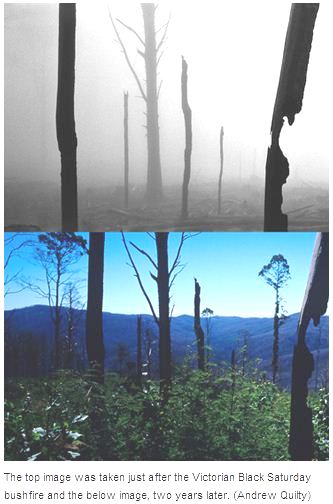UPDATE at 9:30 p.m. MT, July 19, 2011:
Below is an updated map of the WhoopUp fire, showing heat detected by satellites at 2:19 p.m. MT July 19, 2011. The red areas depict active burning, while the black indicates heat detected within the last 24 hours. The fire appears to be well established across the state line in South Dakota.
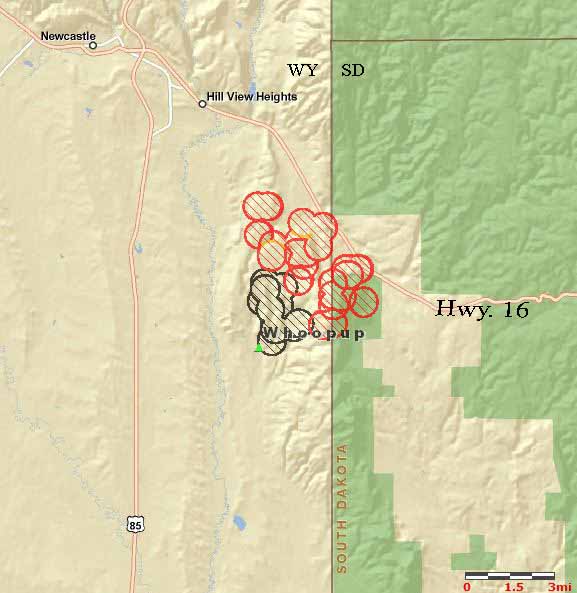
The fire was mapped today at 5,544 acres, and is listed at 10% containment. On Wednesday the passage of a cold front will affect the fire, with strong northwest winds at 10 to 22 mph, with gusts up to 32. The wind, which will be more northerly in the late afternoon, could push the fire toward the southeast or south. The temperature will be much more moderate — instead of 100 degrees it will max out at 83 and the minimum relative humidity will be 31%.
“Gilbert”, one the commentors on our first article about this fire, said the firefighter that was injured when he fell, broke his pelvis:
The guy that fell is a member of the Newcastle vol fire dept as am I. He fell off a type 4 [engine] the first morning of the fire and broke his pelvis. He is home now but sore. Happened about 0800 the morning the fire started.
We asked a fire information officer about this accident today, and were told the only thing they knew was that a firefighter was injured when he or she fell. We hope the gentleman has a speedy recovery .
Here is a photo of the smoke from the WhoopUp fire, taken from Wind Cave National Park Tuesday evening, 31 miles southeast of the fire.

We asked a fire information officer about the correct spelling of “Whoopup” and were told that it is one word, unlike what you may see elsewhere, and the “u” is supposed to be capitalized. So we will make an effort to remember: “WhoopUp”. In case you are wondering, the name comes from WhoopUp Creek, near the fire’s point of origin.
=================================
The map below shows heat on the WhoopUp fire near Newcastle, WY detected by a satellite at approximately noon MT, July 19, 2011. The red areas depict active burning, while the black indicates heat detected within the last 24 hours. The gap between the black and red does not mean there was no fire there, just that the satellite did not detect much heat in those locations when it passed overhead, perhaps due to light fuels (vegetation) that ignited and then burned out quickly.
The fire appears to have crossed the state line, moving from Wyoming into South Dakota.
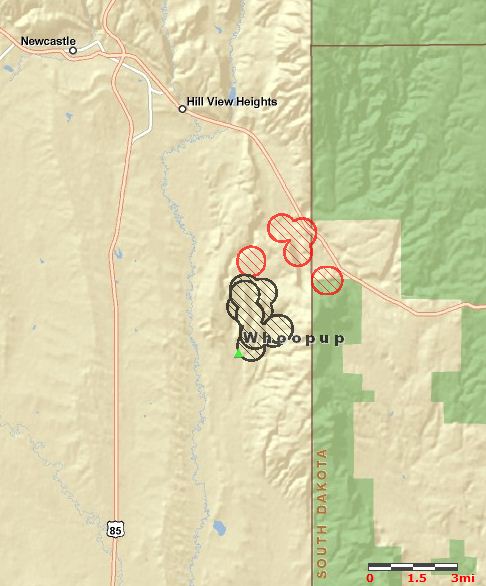
The map below shows the relationship of the WhoopUp fire to previous fires in the same area, in 2002 and 2003.
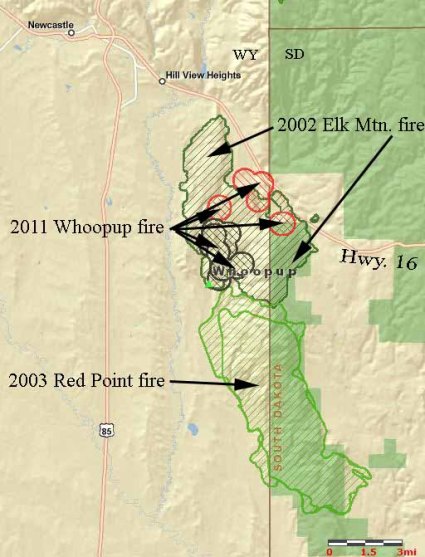
Frank Carroll, Information Officer for the fire (normally with the Black Hills National Forest), told us at 2:45 p.m. on Tuesday that the latest acreage figure they have for the fire is 4,335 acres, but said it is not very current and the fire is significantly larger.
There has been a great deal of lightning in the Newcastle, WY and Custer, SD area over the last 48 hours, resulting in numerous fire starts. At least two of them are unstaffed. Firefighters “are pouring in” to the Newcastle area, Mr. Carroll said.
There were three injuries to firefighters — two were heat related due to the 100-degree temperatures, and the third was the result of a fall.
Joe Lowe’s Type 2 Incident Management Team, Rocky Mountain Area Team C, will assume command of the fire at 6:00 p.m. on Tuesday. Their last assignment, in June, was working on flooding in eastern South Dakota.
We have photos of the fire, HERE, HERE, and HERE.
Help us out by telling Google you like this article by clicking the Google +1 button below. Thanks!














